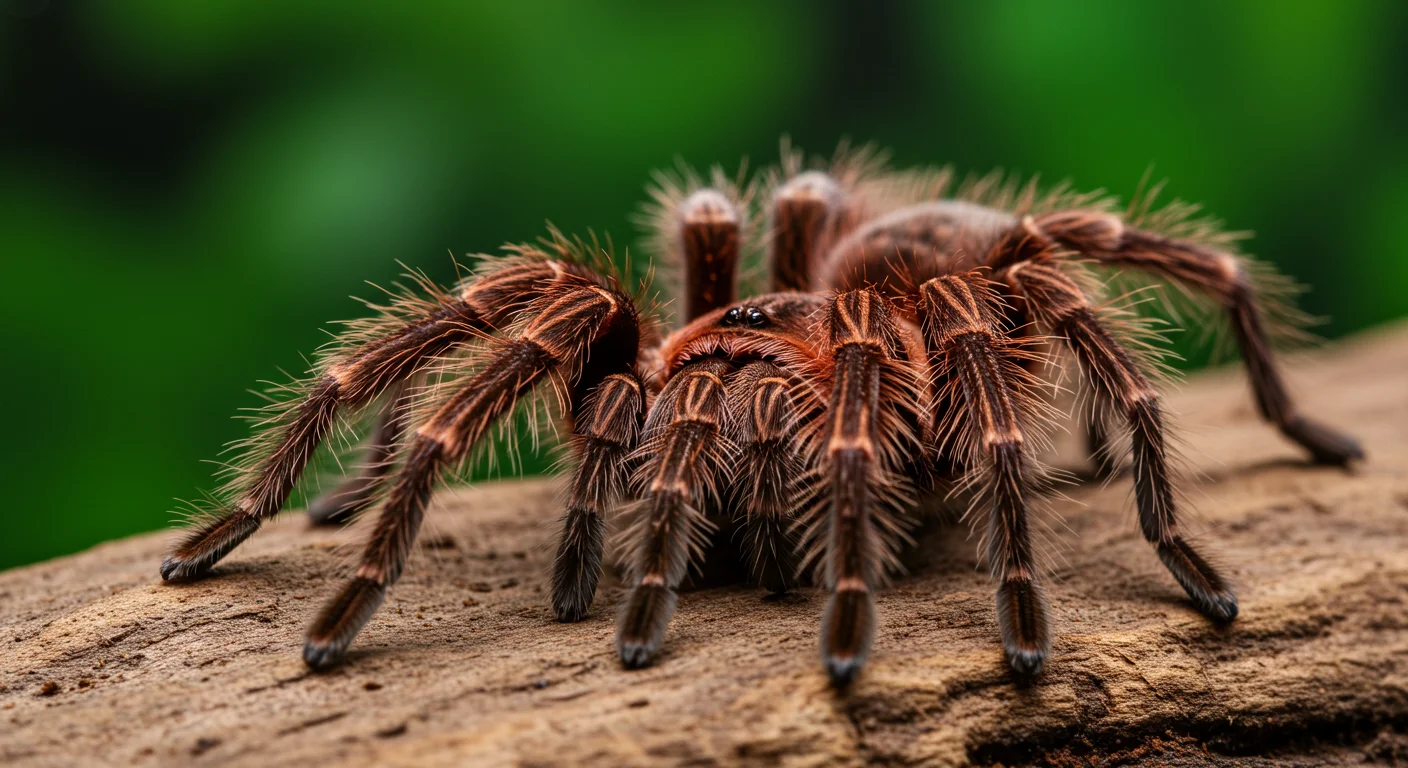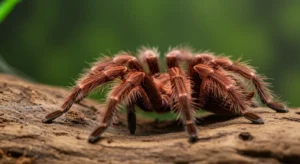What is the lifespan of a Grammostola Pulchra?
Intro: The Brazilian Black
The Grammostola pulchra, commonly known as the Brazilian Black Tarantula, is highly prized in the hobby not only for its stunning jet-black appearance and docile temperament but also for its impressive longevity, particularly among females. Understanding the potential lifespan is crucial for anyone considering keeping this species.
Average Lifespan Expectations
Grammostola pulchra is known for being a long-lived species, typical of many tarantulas in the Grammostola genus. However, there’s a significant difference between the sexes.
- Females: Can live for an exceptionally long time, often exceeding 20 years in captivity with proper care. Some reports suggest lifespans approaching or even surpassing 25-30 years, although these are less common and harder to verify definitively.
- Males: Have considerably shorter lifespans. Once they reach maturity (indicated by their final molt where they gain tibial hooks and specialized pedipalps), they typically live for another 2 to 5 years. Their biological imperative shifts entirely to finding a mate.

Male vs. Female Lifespan
This dramatic difference is standard across most tarantula species. Females conserve energy, grow slowly over many molts, and focus on survival and reproduction over many years. Males undergo a final “ultimate molt” to become sexually mature. Post-maturity, their focus shifts entirely to reproduction, they typically eat less, wander more, and decline relatively quickly compared to females. Understanding the Brazilian black tarantula lifespan male vs female difference is key for managing expectations.
| Sex | Estimated Mature Lifespan (Captivity) | Total Lifespan from Spiderling |
|---|---|---|
| Female | Potentially 20+ years after maturity | 20-30+ years |
| Male | Approx. 2-5 years after final molt | Approx. 5-8 years (includes time to mature) |
Factors Influencing Lifespan
While genetics plays a role, several environmental and care factors can influence how long a Grammostola pulchra lives, especially females:
- Proper Husbandry: Maintaining appropriate temperature, humidity, enclosure size, and substrate depth promotes overall health.
- Diet and Nutrition: Providing a varied diet of gut-loaded insects supports healthy growth and longevity. Overfeeding can potentially accelerate growth but may not necessarily extend maximum lifespan.
- Stress Levels: Minimizing stress through appropriate housing, avoiding excessive handling, and providing hiding places is crucial. Chronic stress can negatively impact health.
- Molting Success: Successfully navigating molts throughout life is vital. Poor husbandry can lead to molting difficulties.
- Genetics: Individual genetic predispositions can also play a role in longevity.
Growth Rate and Maturity
Grammostola pulchra is known for having a **slow growth rate** compared to many other popular tarantula species. This slow development contributes to their longevity.
- Time to Maturity (Female): It can take females anywhere from 5 to 10 years, sometimes longer, to reach sexual maturity, depending on feeding frequency and temperature.
- Time to Maturity (Male): Males typically mature faster, often within 3 to 5 years.
This slow Grammostola pulchra growth rate means acquiring one as a spiderling requires significant patience to see it reach its impressive adult size.

Comparison with Other Species
Compared to other popular species:
- Longer-lived than many Brachypelma:** While female Brachypelma also live long (often 15-25 years), G. pulchra females are generally considered among the longest-lived commonly kept species.
- Similar to other Grammostola:** Longevity is characteristic of the genus (e.g., G. rosea/porteri females also live 15-20+ years).
- Much longer-lived than arboreal or fast-growing species:** Many arboreal tarantulas or species known for rapid growth (like some Psalmopoeus or Pterinopelma) have significantly shorter lifespans, often under 10-15 years even for females.
A Long-Term Commitment: The potential 20+ year lifespan of a female Grammostola pulchra signifies a very long-term pet commitment, similar to that of some parrots or tortoises.
In conclusion, the lifespan of a Grammostola pulchra is impressively long, especially for females who can easily live for over two decades with proper care. Males have much shorter lives post-maturity. Their slow growth and significant longevity make them a rewarding but substantial commitment for dedicated keepers.
